Mastering Limits by Factorization is a fundamental skill in calculus, providing a way to evaluate limits that initially appear undefined. This technique is not just a mathematical trick; it’s a pathway to understanding the behavior of functions near points where they might be problematic. Let’s delve into this method, step by step.
Table of Contents
Read More
Let’s explore the concept of Limits by Factorization, a crucial technique in calculus. This method helps us find the value a function approaches as the input nears a specific point, particularly when direct substitution leads to an indeterminate form. Understanding this is fundamental for grasping continuity and derivatives.
Understanding Limits by Factorization
The core idea behind Limits by Factorization involves simplifying the expression to eliminate the indeterminate form. This typically occurs when direct substitution results in a ##0/0## situation. The process involves factoring the numerator and denominator to identify and cancel out common factors that cause the indeterminacy.
By canceling the factors, we essentially “remove the hole” in the graph at the problematic point. This allows us to evaluate the limit by substituting the value the variable approaches. We replace the variable with the value it approaches to find the limit’s value, which is the function’s behavior near that point.
Solving the Limit Problem
Step 1: Identify the Indeterminate Form
In the given problem, we have ## lim_{x \to 3} \frac{x^2 – 9}{x – 3}##. If we directly substitute ##x = 3##, we get ##\frac{3^2 – 9}{3 – 3} = \frac{0}{0}##, which is an indeterminate form. This indicates the need for factorization.
The indeterminate form ##0/0## suggests that both the numerator and the denominator have a common factor that causes the function to be undefined at ##x = 3##. Factorization is a strategic method to uncover and eliminate this problematic factor.
Step 2: Factor the Expression
The numerator ##x^2 – 9## is a difference of squares, which can be factored as ##(x – 3)(x + 3)##. The denominator is already in its simplest form, ##(x – 3)##. The factored form of the expression becomes ##\frac{(x – 3)(x + 3)}{x – 3}##.
Factorization simplifies the expression by breaking down the complex parts into more manageable components. The goal is to reveal the common factors that create the indeterminate form and to simplify the overall calculation of the limit using Limits by Factorization.
Step 3: Cancel the Common Factor
We can cancel the common factor ##(x – 3)## from the numerator and the denominator, provided ##x e 3##. This simplifies the expression to ##x + 3##. This cancellation is the key step in applying Limits by Factorization.
By removing the common factor, we are essentially removing the discontinuity at ##x = 3##, allowing us to find the value the function approaches as ##x## approaches 3. This simplification allows us to evaluate the limit effectively.
Step 4: Evaluate the Limit
Now, substitute ##x = 3## into the simplified expression ##x + 3##. This gives us ##3 + 3 = 6##. Therefore, the limit of the function as ##x## approaches 3 is 6. This is the final step in solving using Limits by Factorization.
The result shows the function’s behavior near the point of indeterminacy. This result is crucial for understanding the function’s continuity and behavior, which is a core concept in calculus.
Final Solution
The limit of the function ##\frac{x^2 – 9}{x – 3}## as ##x## approaches 3 is 6. This means that as ##x## gets closer and closer to 3, the function’s value approaches 6. ## lim_{x \to 3} \frac{x^2 – 9}{x – 3} = 6##
Similar Problems and Quick Solutions
Problem 1: Evaluate ## lim_{x \to 2} \frac{x^2 – 4}{x – 2}##
Solution: 4
Problem 2: Evaluate ## lim_{x \to 1} \frac{x^2 – 1}{x – 1}##
Solution: 2
Problem 3: Evaluate ## lim_{x \to -1} \frac{x^2 – 1}{x + 1}##
Solution: -2
Problem 4: Evaluate ## lim_{x \to 0} \frac{x^3}{x^2}##
Solution: 0
Problem 5: Evaluate ## lim_{x \to 4} \frac{x^2 – 16}{x – 4}##
Solution: 8
| Concept | Description | Application in **Limits by Factorization** |
|---|---|---|
| Indeterminate Forms | Expressions that result in ##0/0##, ## infty/infty##, etc., when direct substitution is applied. | Identifies situations where **Limits by Factorization** is needed. |
| Factorization | Breaking down an expression into a product of simpler expressions. | Used to simplify expressions and cancel out the factors that cause the indeterminate form in **Limits by Factorization**. |
| Limits | The value a function approaches as the input approaches a certain value. | The ultimate goal of **Limits by Factorization** is to determine this value, even when direct substitution fails. |
We also Published
RESOURCES
- Limits by Factoring | Brilliant Math & Science Wiki
- Limits by factoring (practice) | Khan Academy
- Calculus 1 – Limits Worksheet 3 Evaluating Limits by Factoring, Part 1
- With limits/in general, why do you have to factor before evaluating …
- Factoring limits Examples – Statistics How To
- Limits: by Factoring
- Antenna Factorization in Strongly-Ordered Limits
- calculus – Why does factoring eliminate a hole in the limit …
- Space-like (vs. time-like) collinear limits in QCD: is factorization …
- Limits by factoring Problems and Solutions
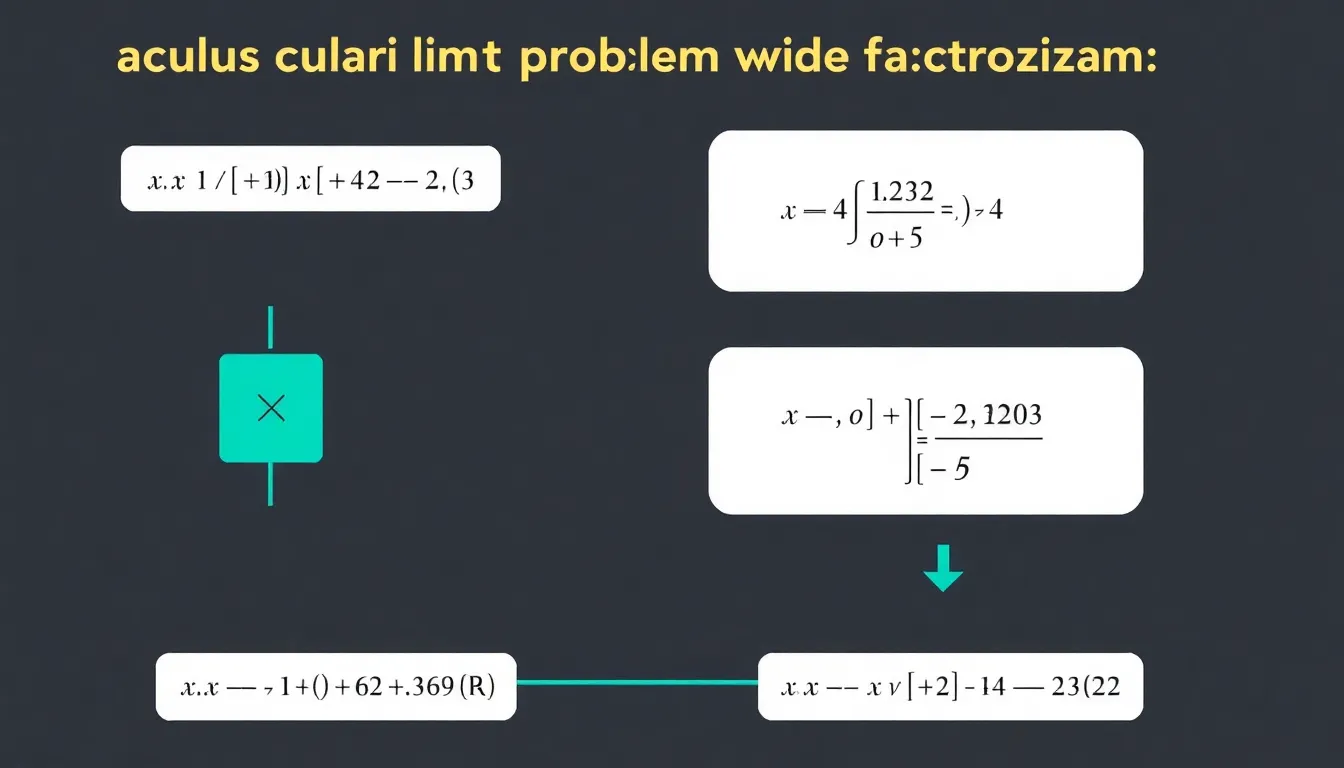
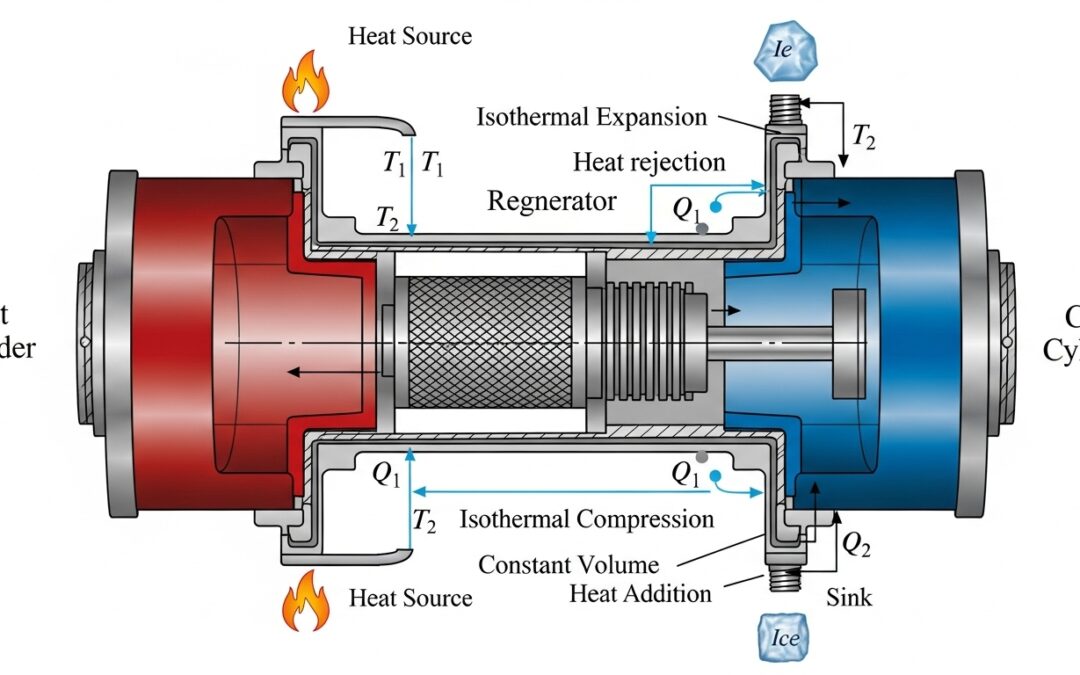

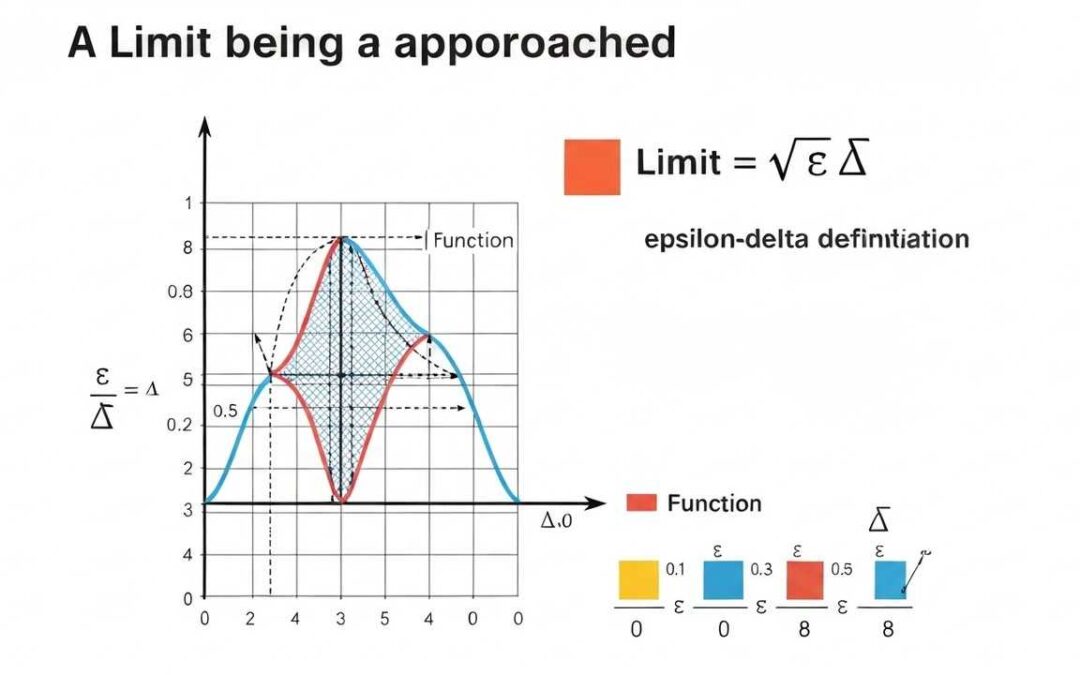
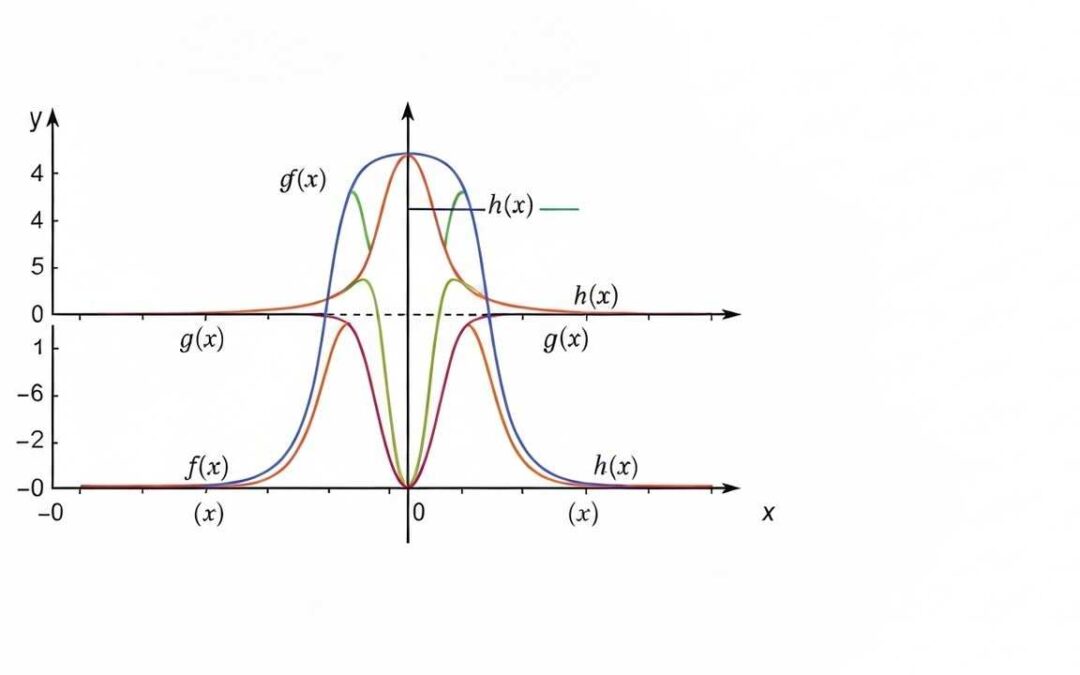
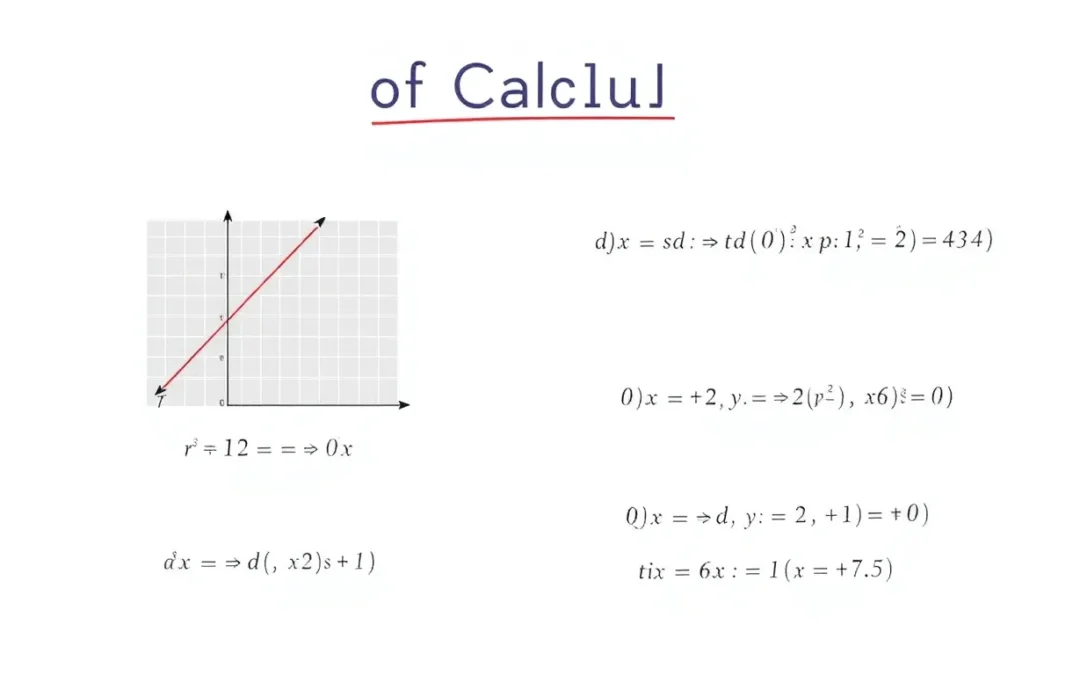
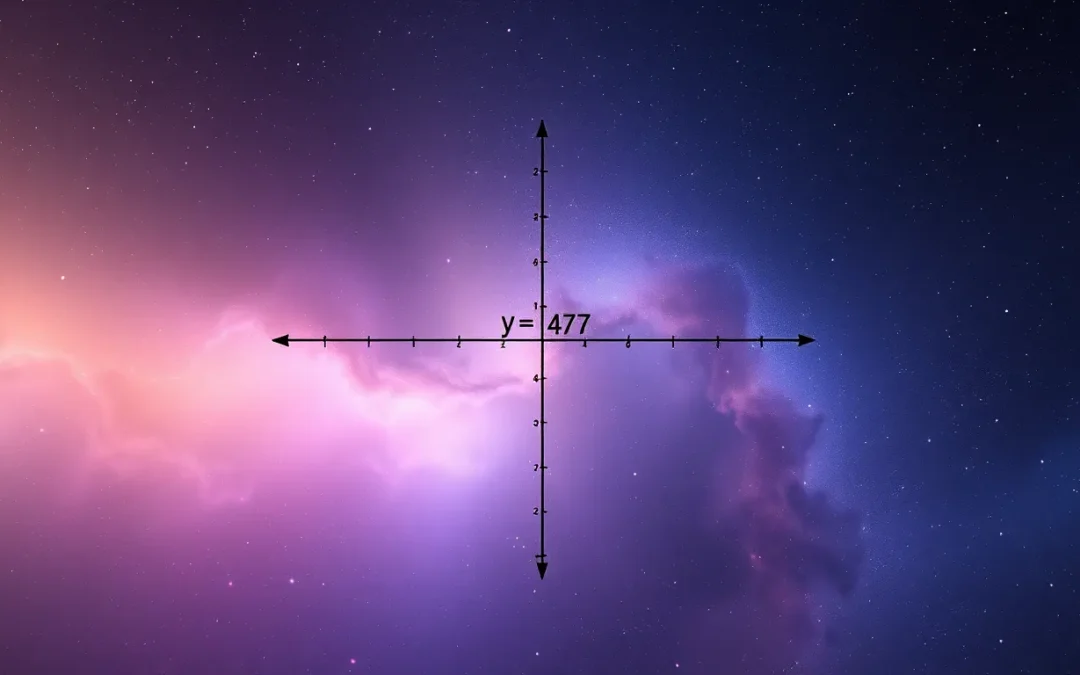
0 Comments